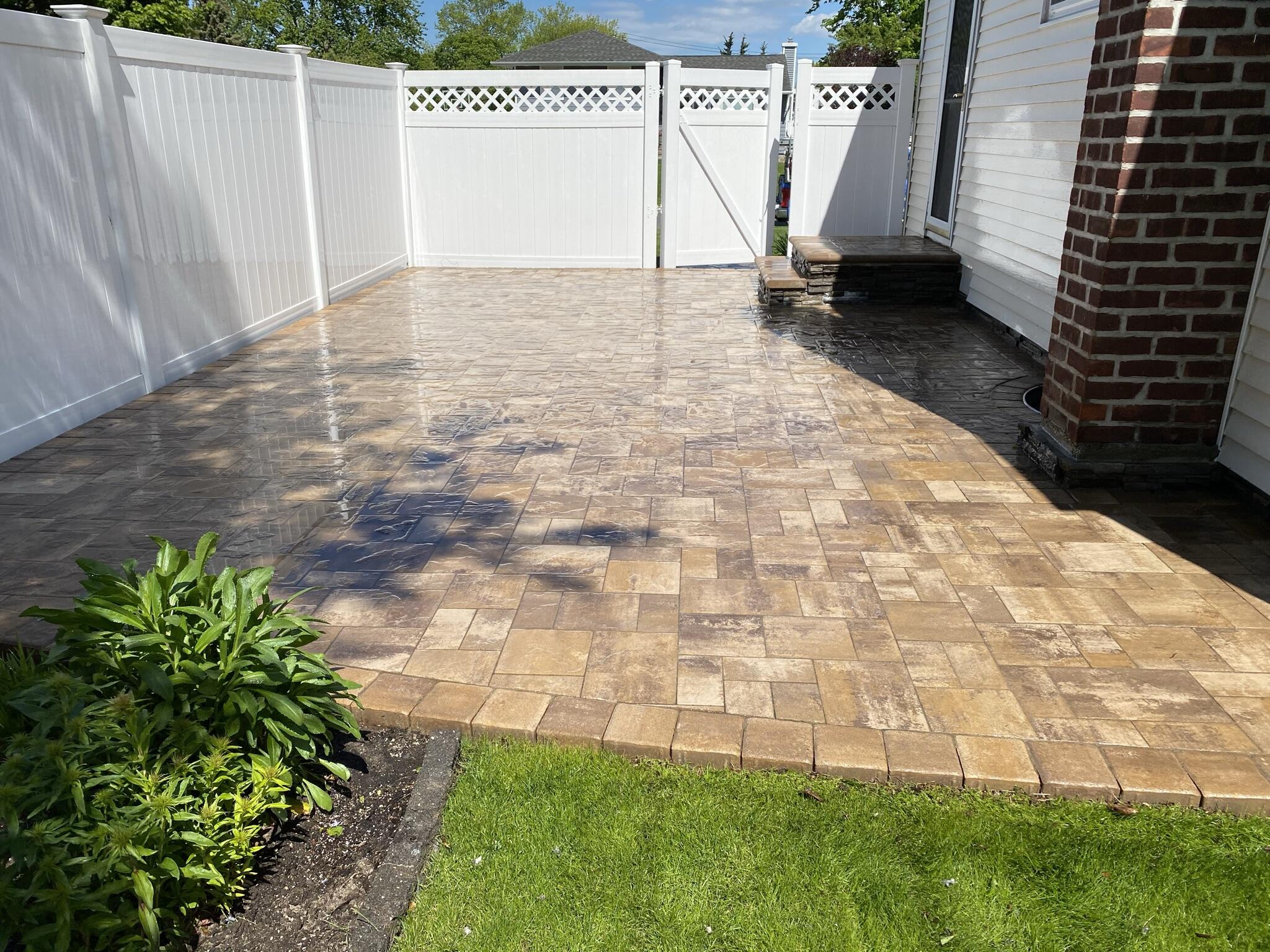
Running a power washing business means more than just delivering results — it means protecting yourself and your company from risk. All it takes is one cracked window, one slip on a wet surface, or one accusation of damage for things to go sideways. That’s where job documentation becomes your best friend.
In this article, we’ll dive into why documenting every power washing job is essential, how it protects you from legal trouble, and the exact steps you should take to make sure you have all the evidence you need — before, during, and after a job. 🧼⚖️📸
💥 Why Documentation Matters
Power washing is a high-pressure service — literally and legally. You’re working with expensive equipment, powerful water streams, and surfaces that can be sensitive or easily damaged. If something goes wrong and you don’t have proof, you’re automatically at a disadvantage.
Here’s what proper documentation protects you from:
- ❌ False damage claims
- ❌ Liability for pre-existing issues
- ❌ Insurance disputes
- ❌ Client misunderstandings
- ❌ Costly redos
In a service business, proof is power — and it can save your reputation and your wallet. 💸
🔍 Types of Risk You Face on Every Job
Before we jump into how to document, let’s look at some of the risks you’re documenting against:
- 🪟 Cracked windows or seals
- 🧱 Loose mortar or chipped paint blamed on you
- 🚪 Leaky doors or water intrusion from old siding
- 👣 Slips, trips, or falls on wet walkways
- 🧍♂️ Injuries to pedestrians or workers
- 🚘 Damage to cars or landscaping near the spray zone
Even if you didn’t cause it, you’ll be the first to get blamed — unless you have solid documentation.
📸 The 3 Phases of Job Documentation
A solid documentation system should follow a before, during, and after structure. This gives you a full picture of what happened and protects you from every angle.
📍 1. BEFORE THE JOB
This is where most claims are avoided. Take time to capture any damage, defects, or risk areas before you even unload your hose.
✅ Take clear photos of:
- Windows and doors
- Paint condition
- Concrete cracks or stains
- Roofline and gutters (if applicable)
- Landscaping, electrical boxes, A/C units
- Rust, oxidation, or mildew
✅ Document client notes or disclaimers:
- “Customer acknowledged loose paint on shutters”
- “Crack in driveway visible prior to service”
- “Client warned about oxidized siding”
✅ Use video if possible:
A quick walkthrough video with time/date stamp adds another level of protection.
📌 Tip: Use apps like CompanyCam, Jobber, or even your phone’s camera with cloud backup for time-stamped proof.
Browse Amazon For Camera Tools To Help You Document Your Work Here
💦 2. DURING THE JOB
Yes, even while spraying, documenting key actions helps cover you.
✅ Snap mid-job photos:
- Soaped surfaces
- Rinsing in progress
- Surface cleaner in action
- Safety cones or signs in place
✅ Note any incidents immediately:
Even small things — like water splashing on an outlet — should be logged.
✅ Get client approval for changes:
If they request extra work or a last-minute add-on, get it in writing or recorded in your CRM.
📌 Tip: Keep a daily log — short notes are better than none at all.
🧽 3. AFTER THE JOB
You’ve finished the job — time to show your results and protect yourself at the same time.
✅ Take clean, dry “after” photos:
- Angle them to match the “before” shots
- Highlight restored surfaces and key areas
- Show property was left tidy and damage-free
✅ Send a summary to the client:
Include:
- Before and after pics
- Services completed
- Any add-on notes or recommendations
✅ Collect a signature:
Use digital forms (like in Jobber or Housecall Pro) to have the client acknowledge job completion.
📌 Tip: Happy clients love the “after” pics — it also builds social proof for your marketing. 📱📣
🔐 Protecting Yourself from Liability
Documentation is often the difference between winning or losing a claim.
Real examples of when documentation helps:
- A customer accuses you of cracking their window: ✅ You have a timestamped photo showing the crack before the job.
- Someone slips on a driveway: ✅ You had safety cones placed, visible in mid-job photos.
- A neighbor says their car was damaged by overspray: ✅ You documented distance from the work zone and used protective plastic.
It’s not about being paranoid — it’s about being a professional.
📂 How to Organize Your Job Documentation
Don’t just take the photos and let them rot in your phone. Here’s a simple filing system:
- Google Drive or Dropbox folders
- Structure:
/Clients/Johnson_House_2025-07-15/Before/Clients/Johnson_House_2025-07-15/After
- Include a job summary file or export from your CRM
Cloud storage keeps it backed up and accessible anytime an issue arises.
🛠️ Tools That Make Documentation Easy
- CompanyCam – Industry favorite for before/after pics
- Jobber – Full job tracking with photos, notes, signatures
- Housecall Pro – Great for scheduling + job documentation
- Google Forms – Simple client intake and sign-off
- Trello/Notion – Log jobs and issues with checklists
Investing in even one of these tools pays for itself the first time you avoid a liability claim.
🔚 Final Thoughts
Documentation isn’t just a chore — it’s a safety net, a marketing tool, and a professionalism booster all in one. The best power washing businesses aren’t just known for clean surfaces — they’re known for clean records, too.
Start small. Just commit to taking before and after photos on every job. Build from there. Before you know it, you’ll have a system that not only protects you — but elevates your business. 🔐📈🧽
Browse Amazon For Camera Tools To Help You Document Your Work Here






